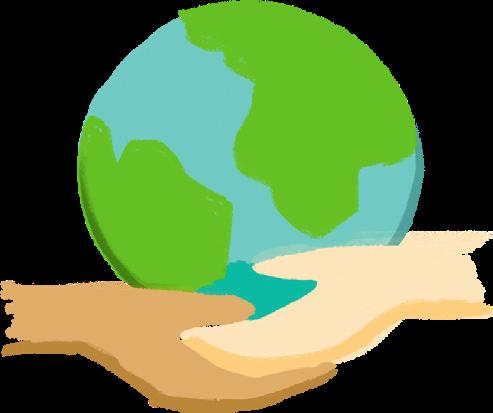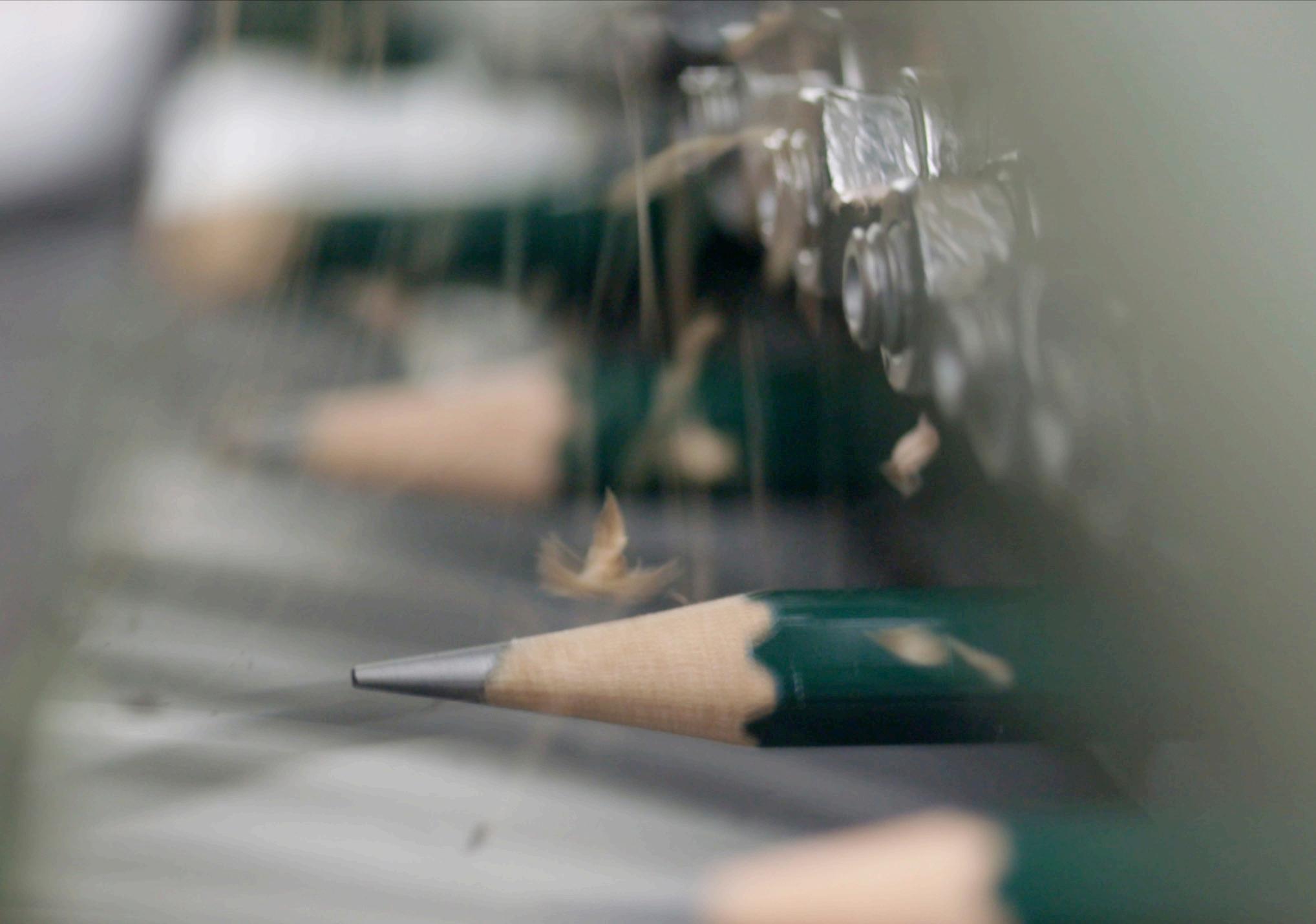
5 minute read
Appendix
Input
GRI Raw materials (tonnes)
301 Wood (boards) Plastics (conventional) Plastics (recycled) Clay Graphite lead Kaolin Water-based varnish Paint with organic solvents Paper packaging Plastic packaging Total packaging GRI Raw materials (tonnes)
303 Total water GRI Non-renewable energy 302 Natural gas Liquid gas Diesel Petrol Heating oil Total non-renewable energy GRI Renewable energy
302 Energy (hydropower) Bioethanol Biodiesel Biomass Wood pellets Total renewable energy GRI Electricity
302 Renewable energy Non-renewable energy Mix Total electricity District heating Unit 2015/16 FY 2016/17 FY 2017/18 FY 2018/19 FY Δ 17/18 - 18/19
t t t t t t t t 21,095 22,898 17,850 16,645 -7% 6,878 8,016 9,932 9,677 -3% n.a. 3 3 47 1467%
198 527 312 565 322 413
358 11% 444 7% 4,493 5,360 3,675 3,586 -2% 76 89 82 98 19%
1,057 1,125 872 855 -2%
t 7,268 8,438 7,209 6,312 -12%
t 2,151 2,120 2,134 2,087 -2%
t
9,419 10,557 9,343 8,399 -10% Unit 2015/16 FY 2016/17 FY 2017/18 FY 2018/19 FY Δ 17/18 - 18/19
m3
340,196 352,140 307,398 307,977 0% Unit 2015/16 FY 2016/17 FY 2017/18 FY 2018/19 FY Δ 17/18 - 18/19
MWh MWh MWh MWh MWh MWh 8,671 9,311 9,711 9,581 -1% 1,311 1,863 1,048 1,021 -3% 1,470 1,629 1,650 1,293 -22% 1,378 1,380 1,132 836 -26%
1,316 357 132
128 -2% 14,146 14,541 13,673 12,859 -6%
Unit 2015/16 FY 2016/17 FY 2017/18 FY 2018/19 FY Δ 17/18 - 18/19
MWh MWh 1,983 1,587 1,444 1,703 18% 57 33 40 11 -72%
MWh 108 68 189
206 9% MWh 171,531 183,595 126,844 116,834 -8% MWh 2,656 2,635 3,018 2,933 -3% MWh 176,335 187,919 131,535 121,687 -7%
Unit 2015/16 FY 2016/17 FY 2017/18 FY 2018/19 FY Δ 17/18 - 18/19
MWh MWh MWh MWh MWh 41,615 45,682 40,849 40,902 0% 30,980 25,579 21,347 20,346 -5% 1,724 3,149 2,756 3,013 9% 74,318 74,410 64,952 64,261 -1% 437 499 542 456 -16%
Wood
As a result of weaker sales, the quantity of purchased wood has declined in recent years. This decline was 7% compared to 2017/18. Faber-Castell only uses wood from sustainably managed sources for the production of wood-cased pencils. This self-imposed standard of only using externally certified wood (FSC®, PEFC) for the production of wood-cased pencils is just as important as regulatory compliance, for example with the EU Timber Regulation, SVLK system (Indonesia), Lacey Act (USA) and Australian Illegal Logging Prohibition Act.
Plastic
The demand for conventional plastic fell slightly by 3% in 2017/18. In contrast, the proportion of recycled plastic rose sharply: 47 tonnes were used in 2018/19 whereas it was only 3 tonnes in 2017/18. The recycled material was used in the plants in Austria and Germany. The use of conventional plastic as a product component as well as a packaging material is already being gradually reduced worldwide. Faber-Castell is currently working on a concept for the use of alternative materials, alongside the use of recycled plastic. For example, more fibre-based (paper) packaging will be used. The alternatives to plastic currently being researched are subject to stringent quality standards: they must equally well protect our pencils from drying out and, for example, maintain their function and stability even in hot, tropical climates.
Water
The amount of water used by our production sites stayed at almost the same level compared with 2017/18 .

Bioethanol
The consumption of bioethanol fell by 72% in 2018/19 as the demand for bioethanol was mainly attributed to business travel via Scope 3 emissions.
Biodiesel
Biodiesel increased by 9% due to the conversion from diesel to biodiesel-powered vehicles in the Indonesian fleet.
Output
Products Unit 2015/16 FY 2016/17 FY 2017/18 FY 2018/19 FY Δ 17/18 - 18/19 Wood-cased pencils in million pcs. Million pcs. 2,728 3,142 2,211 2,106 -5% Ink writing instruments, markers, Million pcs. 1,304 1,055 1,083 1,084 0% erasers and writing accessories Other products Million pcs. 1383 359 356 356 0% Produced ink Litres / kg 1,284,473 794,956 937,702 947,746 1% Total writing instruments Million pcs. 4,033 4,198 3,295 3,190 -3% All products (excluding ink) Million pcs. 5,416 4,557 3,651 3,546 -3% GRI Waste water (m3) 2015/16 FY 2016/17 FY 2017/18 FY 2018/19 FY Δ 17/18 - 18/19
306 Waste water GRI Emissions
305 VOC emissions from paint coating Boundaries –average during the day Boundaries –average at night GRI CO² emissions (t CO2e)
305 Scope 1 Scope 2 Scope 3 Total CO2e GRI Waste (t)
306 Hazardous waste Household waste Total waste m3 222,681 225,107 179,011 159,661 -11% 2015/16 FY 2016/17 FY 2017/18 FY 2018/19 FY Δ 17/18 - 18/19
t 194 213 143 142 -1%
dB(A) 63 65 63 61 -4%
dB(A) 58 60 56 54 -2%
2015/16 FY 2016/17 FY 2017/18 FY 2018/19 FY Δ 17/18 - 18/19 t CO2e 6,020 6,770 6,050 4,906 -19% t CO2e 36,337 34,286 27,742 27,554 -1% t CO2e 20,072 23,163 13,663 15,786 16% t CO2e 62,428 64,219 47,454 48,246 2% 2015/16 FY 2016/17 FY 2017/18 FY 2018/19 FY Δ 17/18 - 18/19
t 688 726
630 674 7% t 6,490 8,448 5,423 4,167 -23% t 7,178 9,174 6,054 4,841 -20%

Wood-cased pencils
Like the wood input, the output of wood-cased pencils also fell. By 5% in comparison with 2017/18.
Plastic-based writing instruments
The proportion of plastic-based writing instruments stayed the same in comparison with the 2017/18 financial year.
Waste water
Waste water was reduced to a total of 11% due to the use of a new system for water reuse in Brazil. Each site has its own waste water treatment system that meets national and local requirements.
Waste disposal
The total volume of waste in 2018/19 fell by another 20% compared with the previous year. The main reason for this is the installation of a new system in Brazil that allows for production waste to be converted to biomass that can be used thermally.








